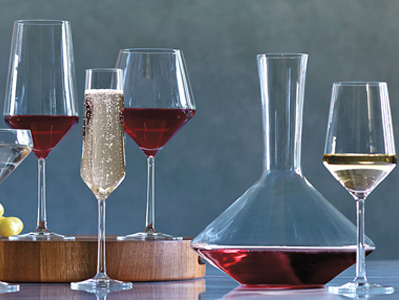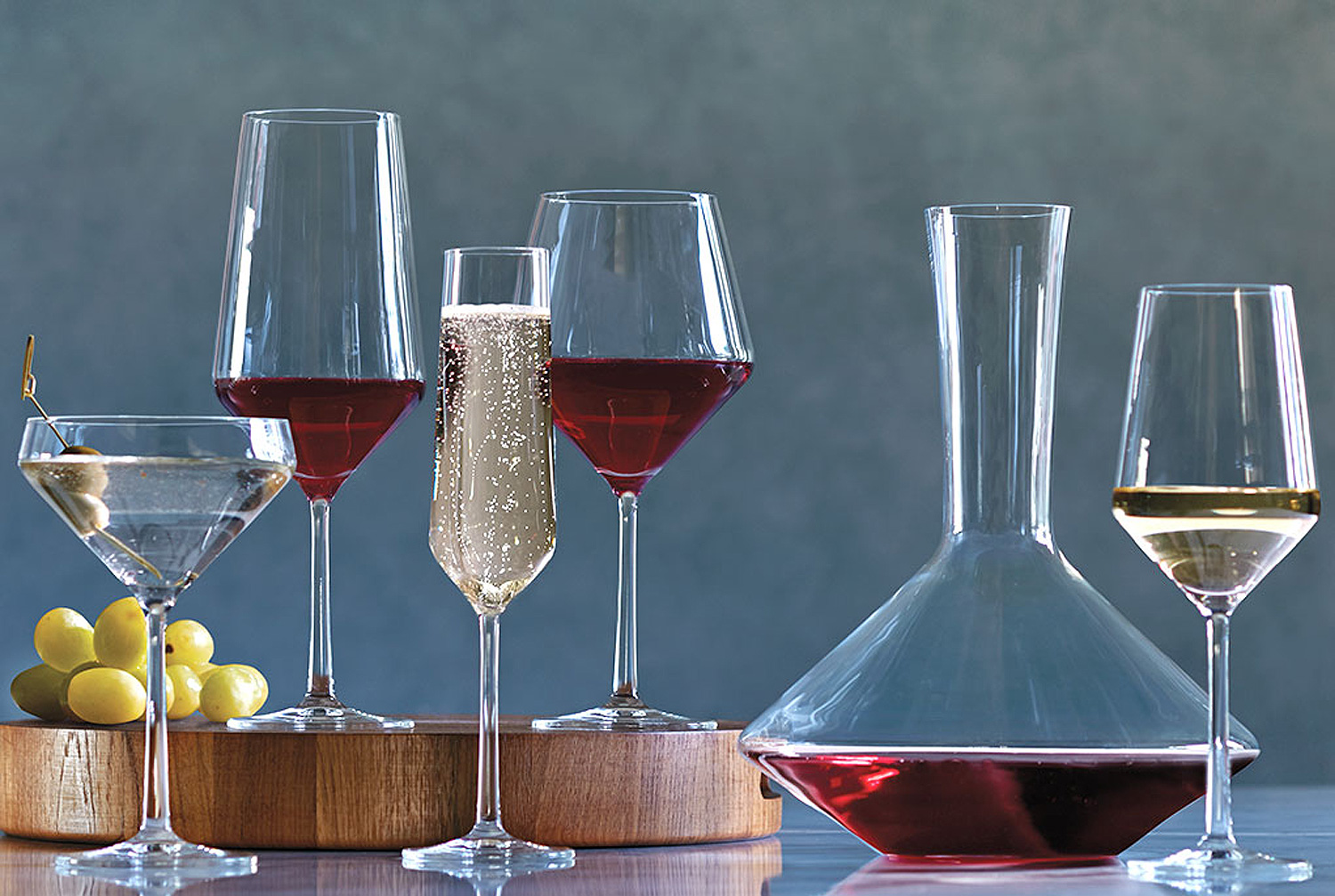
Do you find yourself always picking up the same two or three types of wine when you’re shopping? Here are three delicious and rare varietals you may have never tasted before. Look for these unique wines the next time you’re shopping and get yourself out of that wine rut!

Fie Gris
With tart acidity, a little minerality (like wet stone), juicy fruit (green apple and peach), and just a touch of spice (hints of tomatillo or jalapeño), this wine most closely resembles its offspring, Sauvignon Blanc. The difference is that it doesn’t have as many stone fruit flavors or grass notes. If you enjoy a crisp, clean, dry white with just a hint of fruitiness, try Fie Gris. It is a lovely, affordable, interesting alternative to generic white wines.
Varietal history: Fie Gris is found in a select number of vineyards in France’s Loire Valley. It is thanks to these producers like Jacky Preys and Eric Chevalier that Fie Gris survived extinction.
Similar to: Sauvignon Blanc
Pairs well with: Fie Gris is an amazing seafood wine and also cuts the heat of spicy foods. Try it with sushi, fish or Chinese food for a real treat.
Trousseau
Trousseau is light bodied and pale in color (almost to the point of resembling a dark rose), low in tannins and delicate in flavor. Wines are typically aromatic with bright strawberry and cherry fruit notes and a wet-leaf flavor. Trousseau is similar to Pinot Noir, but usually less earthy than old-world Pinot and more fruit-forward. If you’re looking for a lighter food-friendly red wine, give Trousseau a chance.
Varietal history: Trousseau (not to be confused with Trousseau Gris, a white mutation of the same grape) originates in France’s Jura region (which is located near the Swiss border). It is also well-known in Portugal as Bastardo, where it is one of the common grapes used in the production of Port. It shares DNA with French Savagnin, Chenin Blanc and Sauvignon Blanc. While it is mostly grown in France, California’s Sonoma Coast is breaking new ground and growing some terrific versions of Trousseau.
Similar to: Pinot Noir
Pairs well with: Trousseau is a versatile food companion. It can accompany anything from spinach salad, to coq au vin or pork chops. Keep it in mind next Thanksgiving for something different to impress your guests.
Tannat
Tannat is quite unique, but it could probably be compared to a more tannic version of Cabernet Sauvignon. It is full-bodied, fruity (with raspberry and cherry notes), spicy and has moderate to heavy tannins.
This powerful wine is usually aged in oak for a prolonged period of time to soften it. Some European and California versions of Tannat are pretty jammy and very high in alcohol, but South American versions are well-balanced with acidity and fight the inclination towards alcoholic heat. They can usually age well for several years.
Varietal history: Tannat originated in France near the Spanish border. It was used there mainly as a blending grape, but traveled to South America with Basque settlers where it often appears as a single-varietal wine. It is now the main grape produced in Uruguay.
Similar to: Cabernet Sauvignon
Pairs well with: This bold wine can stand up to duck, stews, steaks, you name it. It’s as if Tannat was made for meat!
Each of these three offbeat varieties has something special to offer, both in their flavor profiles and food-pairing potential. Give all three a try and impress your friends with your newfound knowledge of a grape they’ve likely never heard of. You’ll be the most adventurous wine connoisseur in the room!
About the author: Rebecca Cox is a Chicago-based actress, wine lover and wine shop-girl. Check out her blog Chicago Uncorked to follow her thoughts on wine tasting, enology, viticulture and wine in the Windy City.
Thanks, I will keep my eyes out for these!
– Shane